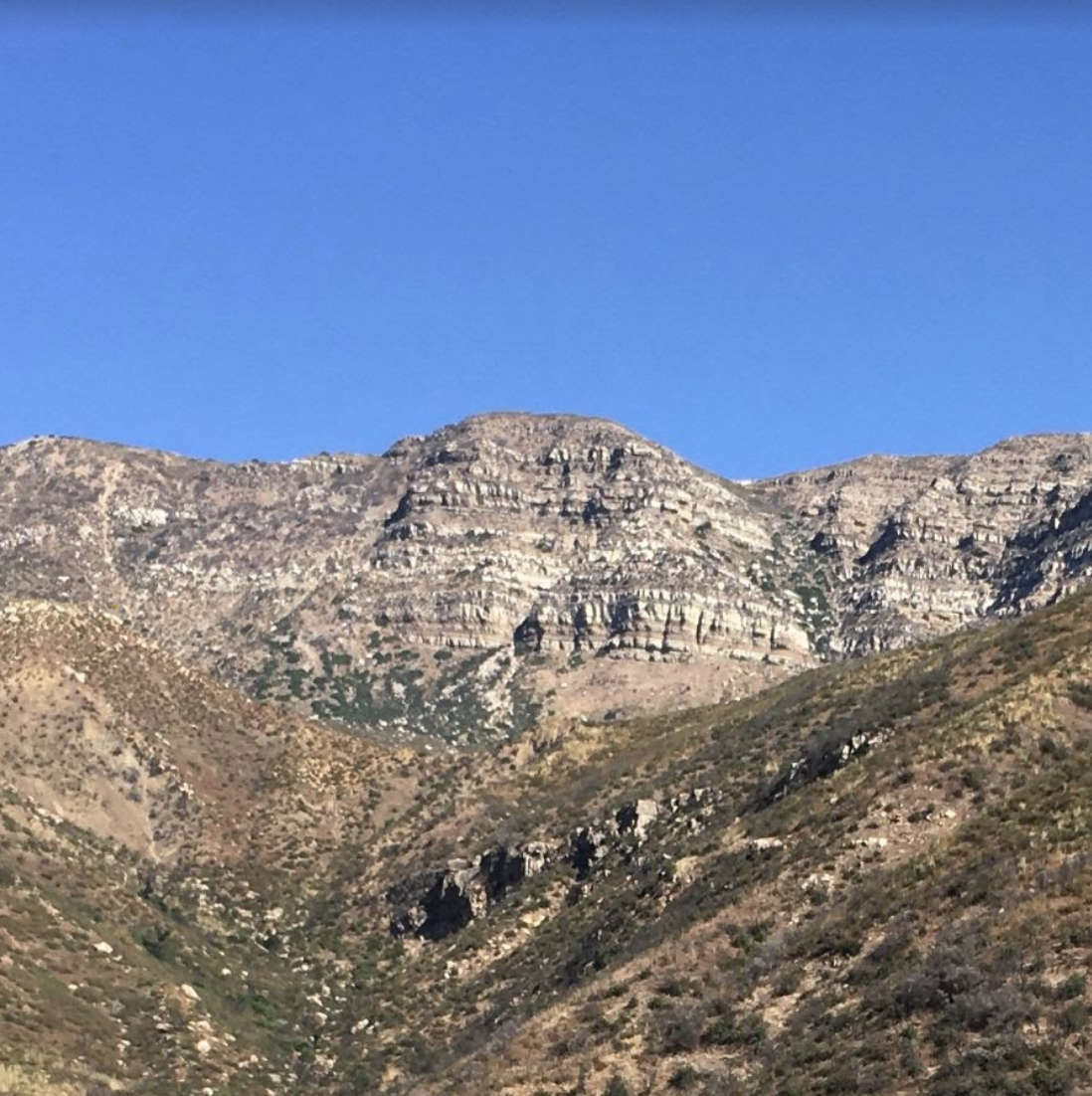Sisar Canyon: A Meditation

(A great joy of my work at USC has been my participation, from its inception a few years ago, in “Peaks and Professors”, a student group that invites professors to go on hikes. The conversations I’ve had with students on these many walks have been rich and satisfying… so it was very sad that our last hike together for this academic year had to be cancelled due to the coronavirus crisis. The student leaders asked me to take the group on a virtual hike — and that led me to make this video. Here’s the transcript of it.)
I very much hope that every one of you is safe and secure and finding ways to tend to your souls during this time of “shelter in place”. My own experience of living through this event, which has changed the world profoundly almost overnight, often rasters between viewpoints. I look at the news – trying to be careful to rely only on reliable, vetted sources – and see a global disaster. Then I switch to looking down at my feet, and see that they are still on solid ground. I observe my actual experience in the present moment, and all is well, I’m grateful to say. To meet this moment, I and the rest of us must learn to see things two ways at once. We must be informed about the seriousness of the pandemic and act accordingly, while at the very same time appreciating whatever level of personal health and security and webs of loving relationships we have in the present moment. This appreciative attention is as much a responsibility as following public health guidelines.Our plan was to hike up Sisar Canyon from the upper Ojai Valley. I’ve been walking this trail often since the quarantine began. I notice that my relationship to the environment along the way is changing, as I reflect on the changes in my own life and the life of humanity on this planet. I have a job at USC: Senior Associate Dean of Religious and Spiritual Life. But I have a different job on the Sisar Canyon trail. It is my job, my responsibility, to appreciate what I experience of the natural world along the way. I stop and stare at the vistas of Topa Topa Mountain’s sheer cliffs. A few years ago I wrote this poem about this wall of rock, which lights up with rich color at sunset on clear evenings – a time that people in Ojai call “the pink moment”:
Great power moves
in the silent austerity
of a distant mountaintop cliff
glowing above fanned skirts
of fallen rock.
Shelf of stone, above all –
the throne
that is the king.
I stop along the trail to attend to the plants and animals. A few years ago, the devastating Thomas fire roared through these mountains. The ceanothus bushes, also known as California lilac, were burned into blackened sticks. But now, just over two years later, shiny light-green stalks have sprung from those sticks. And from them, dense clusters of tiny white or blue flowers have bloomed, filling the air with a sweet fragrance. There’s poetry in those blooms, raised into the air by those blackened trunks. How long will it take for new life to bloom from the consequences of our present crisis, I ask myself as I enjoy the scent of the ceanothus? But that’s projecting my own preoccupations onto them. Deeper attention – the attention that is love – asks me to go further. To let go of my own interpretations and categorizations and names I give to them, and let the what I call the ceanothus bushes be whatever they are on their own terms. And appreciate them as they are, in themselves – inviting me into the mystery within and beneath them.
I wish we could be together on this trail right now, to say nothing of wishing we could be together in a few weeks! But I suppose I need to let go of that wish, and choose another in its stead. And wish that wherever you are, you can put on a mask and go outside and take a walk and join me in our human responsibility to attend to nature and appreciate what we find in it. Give the lizards and the frogs and the flowers and the stalks of grass the attention that is love. Let go of the names and narratives we read into what we see, and let what we call trees and what we call birds be what they are, in and for themselves. So that we can hold, and be held in, the eternal now of the present moment. From this loving attention will flow our activist commitments to preserve human life and the lives of all beings on our planet.
Till Peaks and Professors meets again, Hike On!
JIM BURKLO
Blog: MUSINGS
Senior Associate Dean of Religious and Spiritual Life, University of Southern California
